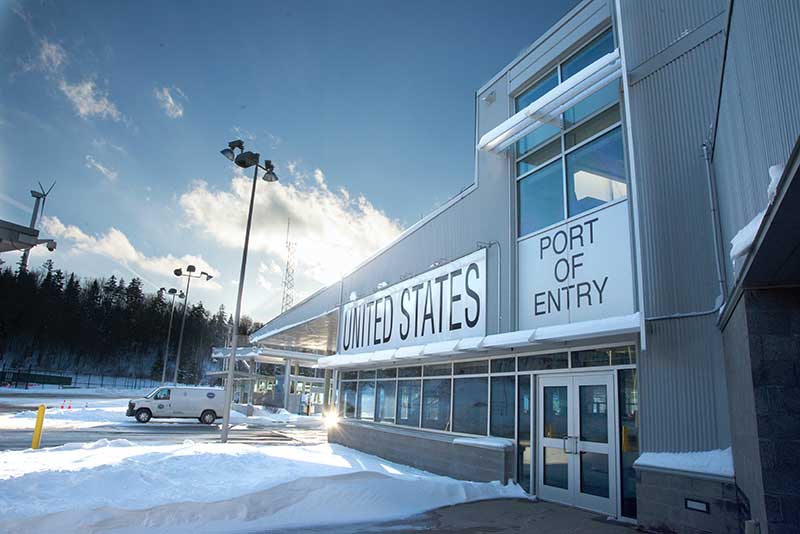Sun Valley CA Native Part of Hispanic Immigrant Community
Jose Mier of Sun Valley, CA counts himself as one of the Hispanic immigrant community which is one of the largest and fastest growing in the U.S. at this time. The United States, often dubbed the “melting pot” of the world, is a diverse nation with a rich tapestry of nationalities and ethnicities contributing to its cultural mosaic. Tracking the precise percentages of nationalities within the United States’ population can be challenging due to various factors, including immigration patterns, births, and evolving demographics. Nevertheless, I will provide an overview of some of the most prominent nationalities and ethnic groups in the United States, offering insights into their historical roots, contributions, and current demographic trends.

- European Americans: European Americans, primarily of English, German, Irish, and Italian descent, have been a dominant group throughout American history. These nationalities have contributed significantly to the country’s cultural, political, and economic development. While the proportion of European Americans has declined over the years due to increased immigration from other regions, they still make up a significant portion of the population.
English Americans were among the earliest settlers in North America, with their influence felt in the establishment of the thirteen colonies and the formation of the United States. Germans and Irish immigrants arrived in large numbers during the 19th century, shaping the nation’s industrial landscape and contributing to its labor force. Italian Americans, although arriving later, have also left their mark on American culture and cuisine.
- African Americans: African Americans, descended from enslaved Africans brought to America during the transatlantic slave trade, have a unique and impactful history in the United States. Despite centuries of systemic oppression, African Americans have made significant contributions to American culture, politics, and civil rights movements. Today, they constitute a substantial portion of the U.S. population, with diverse ancestral backgrounds.
The Civil Rights Movement of the 1950s and 1960s was a watershed moment in American history, leading to legal reforms and increased opportunities for African Americans. This period marked a significant step towards racial equality, though challenges and disparities still exist.
- Hispanic and Latino Americans: Hispanic and Latino Americans are one of the fastest-growing ethnic groups in the United States, hailing from countries in Latin America, Spain, and other Spanish-speaking regions. This diverse group includes people of Mexican, Puerto Rican, Cuban, Dominican, Salvadoran, Guatemalan, and many other nationalities.
The Hispanic and Latino population has significantly enriched American culture through its contributions to music, cuisine, and traditions. Spanish, alongside English, is one of the most widely spoken languages in the United States. The growth of this community has also led to increased political and social influence.
- Asian Americans: Asian Americans encompass a broad range of nationalities, including Chinese, Indian, Filipino, Vietnamese, Korean, and Japanese, among others. Their presence in the United States can be traced back to the mid-19th century when Chinese immigrants arrived in large numbers, primarily to work on the transcontinental railroad.
Asian Americans have made substantial contributions to science, technology, business, and the arts. They have also faced challenges such as discrimination and anti-immigrant sentiment. Nevertheless, they have thrived and become an integral part of American society, with growing political representation.
- Native Americans: Native Americans, the indigenous peoples of the Americas, have inhabited the continent for thousands of years before the arrival of Europeans. Today, they represent a small but culturally diverse portion of the U.S. population. There are over 500 federally recognized tribes, each with its distinct culture, languages, and traditions.
Native Americans have faced historical injustices, including forced removal from their ancestral lands and suppression of their cultures. Nonetheless, they continue to contribute to the United States in various ways, such as through art, activism, and efforts to preserve their heritage.
- Middle Eastern and North African Americans: Middle Eastern and North African (MENA) Americans represent a diverse group, including people from countries like Iran, Iraq, Lebanon, Egypt, and Morocco. This demographic has grown in recent years due to immigration and naturalization.
MENA Americans have contributed to various fields, including medicine, business, and academia. They have also faced challenges, particularly in the context of discrimination and stereotypes associated with their region of origin.
- Other Ethnic Groups: The United States is home to a multitude of smaller ethnic groups, including Jewish Americans, Pacific Islanders, and people from the Caribbean. Each of these groups has its unique cultural and historical background, and they have enriched the country’s cultural fabric.
Demographic Trends: Demographic trends in the United States are continually evolving. Immigration patterns, birth rates, and intermarriage between ethnic groups contribute to shifts in the population composition. The U.S. Census Bureau conducts decennial censuses and American Community Surveys to provide updated demographic data.
As of my last knowledge update in September 2021, the United States was experiencing a demographic shift characterized by increasing racial and ethnic diversity. Projections indicated that non-Hispanic White Americans would no longer be the majority by the middle of the 21st century, with Hispanic and Asian populations expected to grow significantly.
Additionally, generational differences play a role in the demographic landscape, with younger generations more racially and ethnically diverse than older ones. This generational diversity contributes to evolving social and cultural dynamics.
It’s essential to note that the demographic landscape is subject to change, influenced by various factors such as immigration policies, economic conditions, and social attitudes. Therefore, for the most up-to-date demographic percentages and trends, it’s advisable to consult the latest data from the U.S. Census Bureau or other reputable sources.
In conclusion, the United States is a nation characterized by its diverse population, with people from various nationalities and ethnic backgrounds contributing to its rich tapestry of culture, history, and identity. Understanding the percentages of nationalities that make up the U.S. population provides valuable insights into the country’s past, present, and future. The United States’ ongoing demographic changes underscore the importance of embracing diversity and fostering inclusivity as the nation continues to evolve.